How to update drivers in Windows 11/10
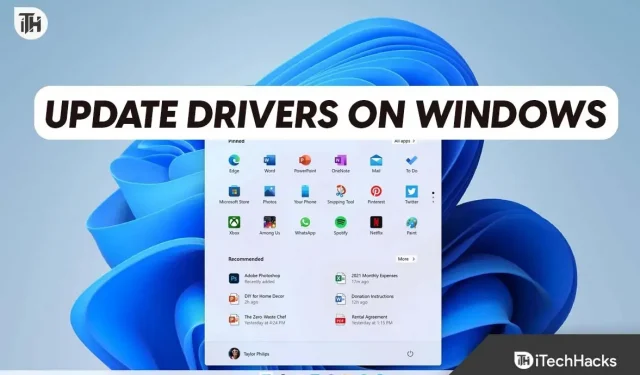
Just like operating systems, drivers are also an important component of a PC. Windows PCs have drivers for all hardware including graphics card, sound card, network adapter, bluetooth device, etc. These drivers enhance the functionality of the hardware present in your system. You should update these drivers to extend the life of your hardware and provide the best possible experience for your Windows PC.
There are several ways to update drivers on a Windows PC. You can update your drivers through Windows Update, Device Manager, or third party software, or download an update from your hardware’s official website.
How to update drivers in Windows 11/10
If you are looking for a guide here to help you update drivers in Windows 11/10, then you have come to the right place.
Update drivers through Device Manager
Device Manager is a built-in tool on a Windows PC that can be used to manage the hardware connected to the PC. This can be used for various tasks such as reinstalling a driver, disabling a device, and even updating a driver. To update drivers through Device Manager, follow these steps:
- Press the Windows + X keys on your keyboard at the same time and then click Device Manager from the menu that opens.

- Now navigate to the driver of the device you want to update.
- Right-click the driver you want to update and then click Update Driver .
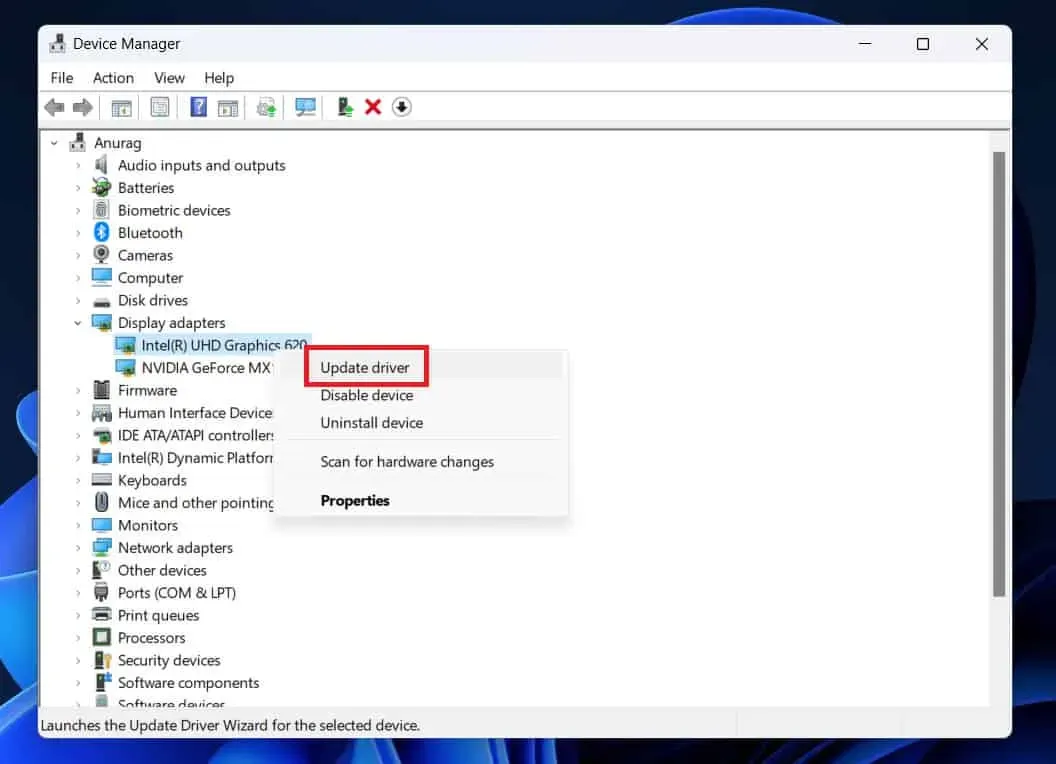
- Now click “Search for Drivers Automatically” to download drivers from the Internet.

Update your drivers through Windows Update
You can also update drivers on your Windows 11 PC through Windows Update. With Windows Update, you get cumulative and security updates for your Windows PC, as well as driver updates. Below are the steps to update drivers through Windows Update in Windows 11 and Windows 10.
Windows 11
- Press the Windows key on your keyboard, then click the Settings icon on the Start menu .
- On the left settings panel, click on Windows Update .
- In the Windows Update section, click the Check for Updates button .

- It will list all updates including available driver updates.
- Install driver updates, and then restart your computer to save the changes.
Windows 10
- Open the Settings app on your Windows PC. You can do this by pressing the Windows + I keys at the same time.
- Here, click on the Update & Security option .

- Make sure you are in the Windows Update section on the left sidebar.
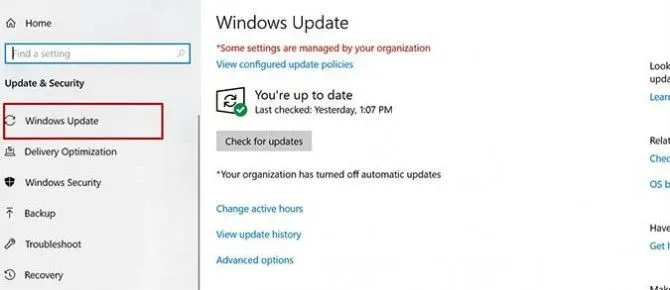
- On the right side, click on the Check for Updates button .
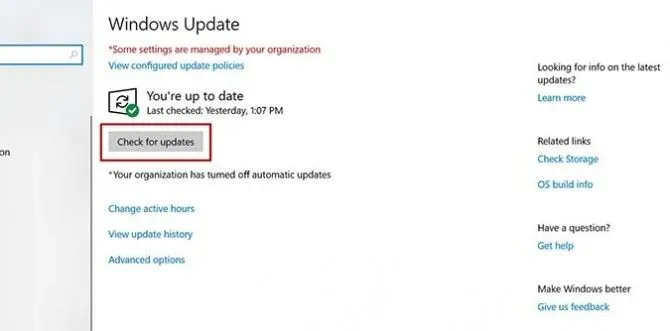
- Now download and install all available driver updates.
Update drivers with third party software
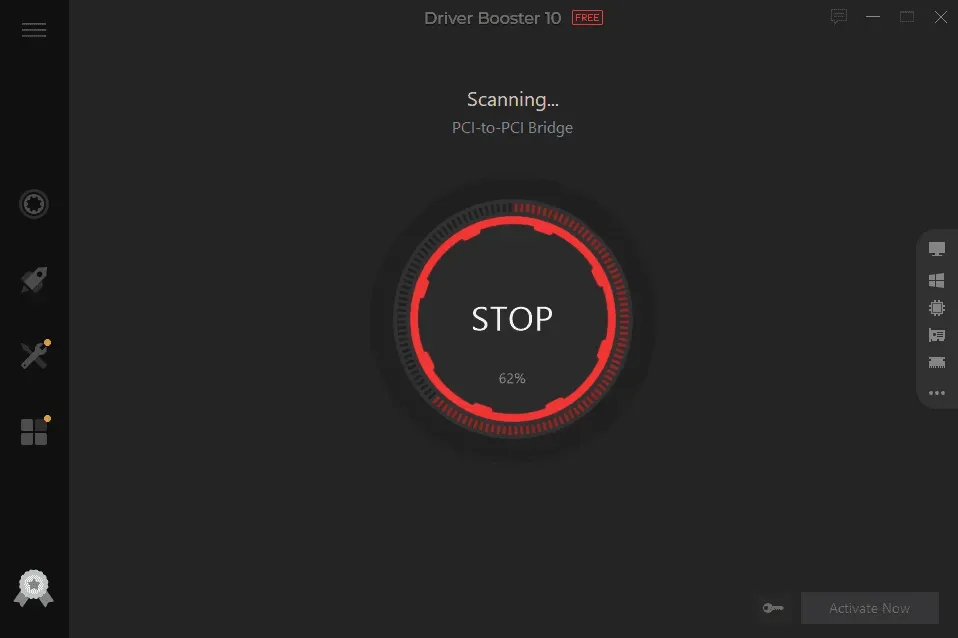
There are various third-party programs available to download driver updates to your computer. You can use applications such as DriverPack Solution and Driver Booster to update the drivers on your system. You will need to download these programs from their official website. After installing the software, you can start scanning. The software will search for available driver updates, and then you can install them.
Update drivers through the hardware website
Another way to update drivers is through the website of the hardware you are using. For example, if you are using an NVIDIA graphics card, you can go to the NVIDIA download page. There you will need to fill in your NVIDIA graphics card details and you will be able to download the driver for your graphics card. Similarly, you can download driver updates for all the hardware you use on your PC, but you must know the hardware manufacturer and model name.
If you have a laptop, then work becomes easier. On a PC, you will have to visit the website for each hardware individually and download driver updates from there. In the case of a laptop, you can go to your laptop manufacturer’s website and visit your model page. You will get the option to download the drivers here. You can download and install all available drivers for your laptop.
Conclusion
These were all the ways to update drivers in Windows 11 and Windows 10. Updating your drivers to the latest version is a must for a smoother experience on your Windows PC, and if you don’t know how to do it, then follow the steps above. this article should help you with that.
Leave a Reply